Anton Sinitsin
Hogwild! Inference: Parallel LLM Generation via Concurrent Attention
Apr 09, 2025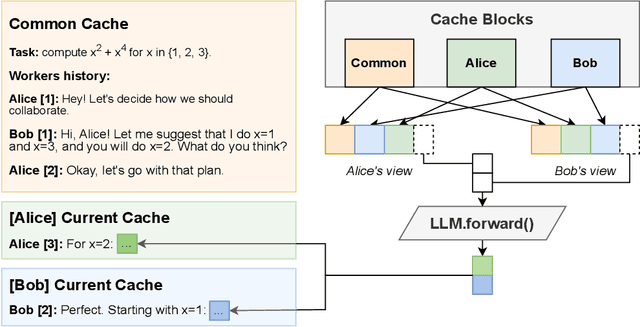


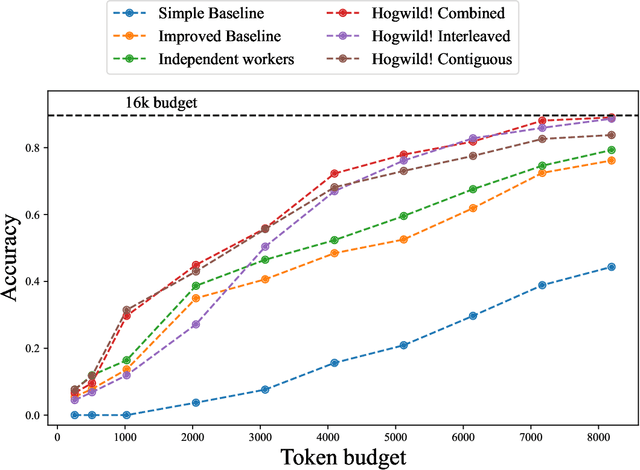
Abstract:Large Language Models (LLMs) have demonstrated the ability to tackle increasingly complex tasks through advanced reasoning, long-form content generation, and tool use. Solving these tasks often involves long inference-time computations. In human problem solving, a common strategy to expedite work is collaboration: by dividing the problem into sub-tasks, exploring different strategies concurrently, etc. Recent research has shown that LLMs can also operate in parallel by implementing explicit cooperation frameworks, such as voting mechanisms or the explicit creation of independent sub-tasks that can be executed in parallel. However, each of these frameworks may not be suitable for all types of tasks, which can hinder their applicability. In this work, we propose a different design approach: we run LLM "workers" in parallel , allowing them to synchronize via a concurrently-updated attention cache and prompt these workers to decide how best to collaborate. Our approach allows the instances to come up with their own collaboration strategy for the problem at hand, all the while "seeing" each other's partial progress in the concurrent cache. We implement this approach via Hogwild! Inference: a parallel LLM inference engine where multiple instances of the same LLM run in parallel with the same attention cache, with "instant" access to each other's generated tokens. Hogwild! inference takes advantage of Rotary Position Embeddings (RoPE) to avoid recomputation while improving parallel hardware utilization. We find that modern reasoning-capable LLMs can perform inference with shared Key-Value cache out of the box, without additional fine-tuning.
Distributed Deep Learning in Open Collaborations
Jun 18, 2021


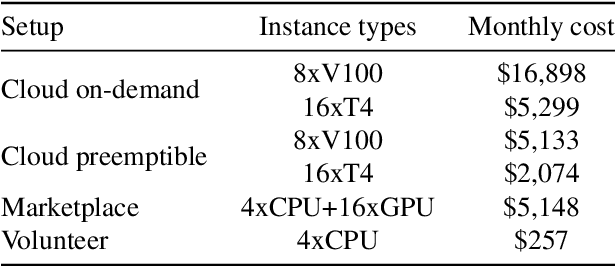
Abstract:Modern deep learning applications require increasingly more compute to train state-of-the-art models. To address this demand, large corporations and institutions use dedicated High-Performance Computing clusters, whose construction and maintenance are both environmentally costly and well beyond the budget of most organizations. As a result, some research directions become the exclusive domain of a few large industrial and even fewer academic actors. To alleviate this disparity, smaller groups may pool their computational resources and run collaborative experiments that benefit all participants. This paradigm, known as grid- or volunteer computing, has seen successful applications in numerous scientific areas. However, using this approach for machine learning is difficult due to high latency, asymmetric bandwidth, and several challenges unique to volunteer computing. In this work, we carefully analyze these constraints and propose a novel algorithmic framework designed specifically for collaborative training. We demonstrate the effectiveness of our approach for SwAV and ALBERT pretraining in realistic conditions and achieve performance comparable to traditional setups at a fraction of the cost. Finally, we provide a detailed report of successful collaborative language model pretraining with 40 participants.
Editable Neural Networks
Apr 01, 2020



Abstract:These days deep neural networks are ubiquitously used in a wide range of tasks, from image classification and machine translation to face identification and self-driving cars. In many applications, a single model error can lead to devastating financial, reputational and even life-threatening consequences. Therefore, it is crucially important to correct model mistakes quickly as they appear. In this work, we investigate the problem of neural network editing $-$ how one can efficiently patch a mistake of the model on a particular sample, without influencing the model behavior on other samples. Namely, we propose Editable Training, a model-agnostic training technique that encourages fast editing of the trained model. We empirically demonstrate the effectiveness of this method on large-scale image classification and machine translation tasks.
Learning to Route in Similarity Graphs
May 27, 2019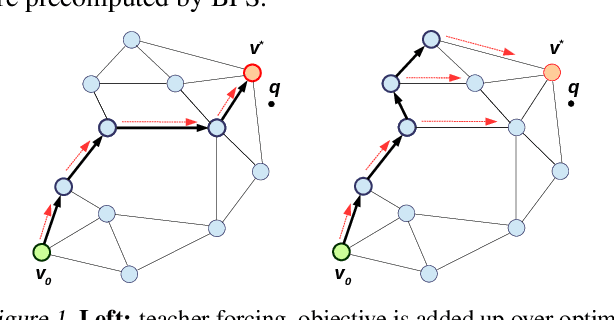


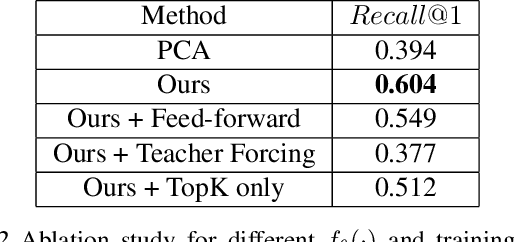
Abstract:Recently similarity graphs became the leading paradigm for efficient nearest neighbor search, outperforming traditional tree-based and LSH-based methods. Similarity graphs perform the search via greedy routing: a query traverses the graph and in each vertex moves to the adjacent vertex that is the closest to this query. In practice, similarity graphs are often susceptible to local minima, when queries do not reach its nearest neighbors, getting stuck in suboptimal vertices. In this paper we propose to learn the routing function that overcomes local minima via incorporating information about the graph global structure. In particular, we augment the vertices of a given graph with additional representations that are learned to provide the optimal routing from the start vertex to the query nearest neighbor. By thorough experiments, we demonstrate that the proposed learnable routing successfully diminishes the local minima problem and significantly improves the overall search performance.
 Add to Chrome
Add to Chrome Add to Firefox
Add to Firefox Add to Edge
Add to Edge